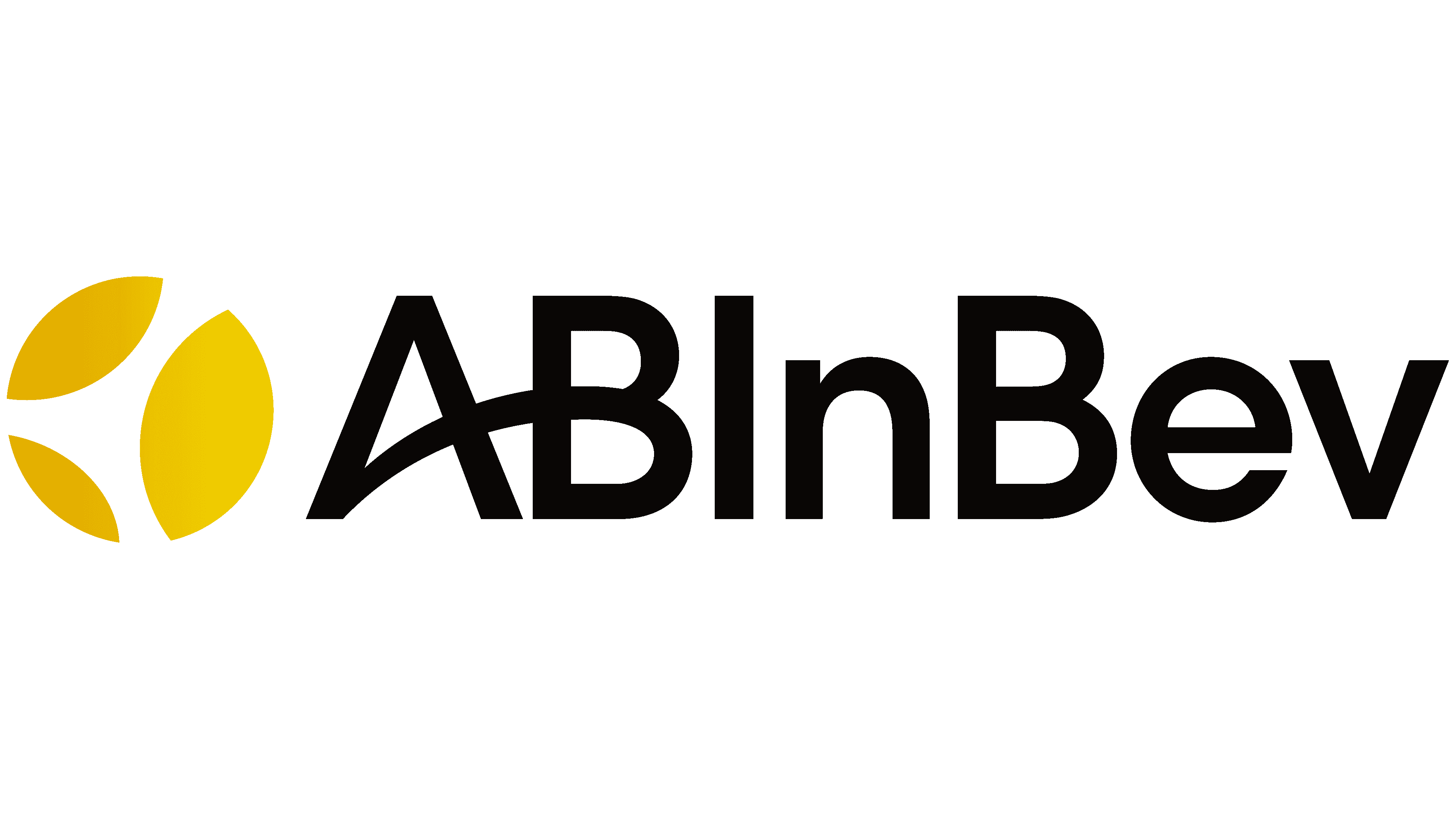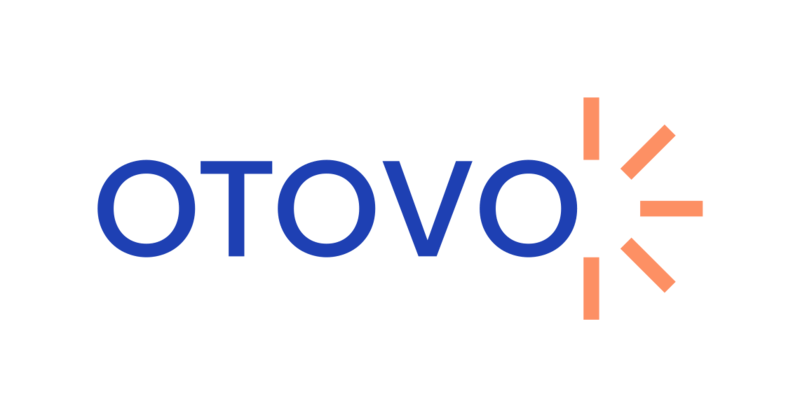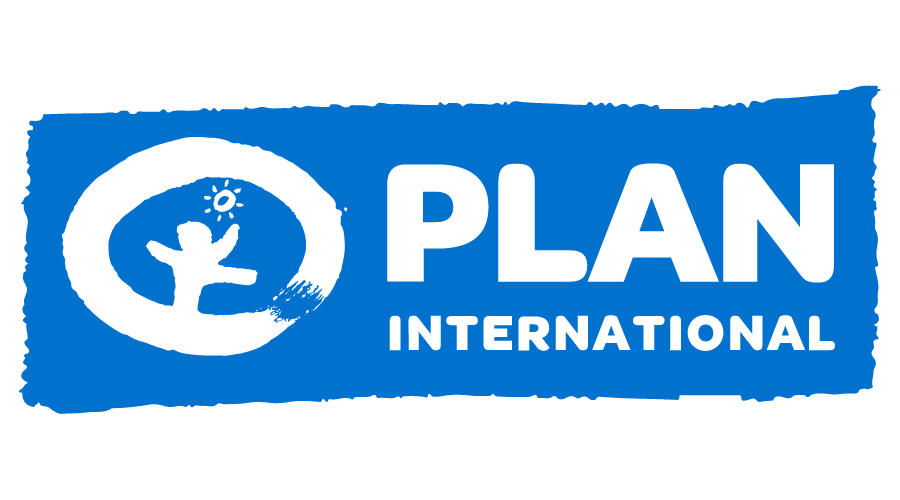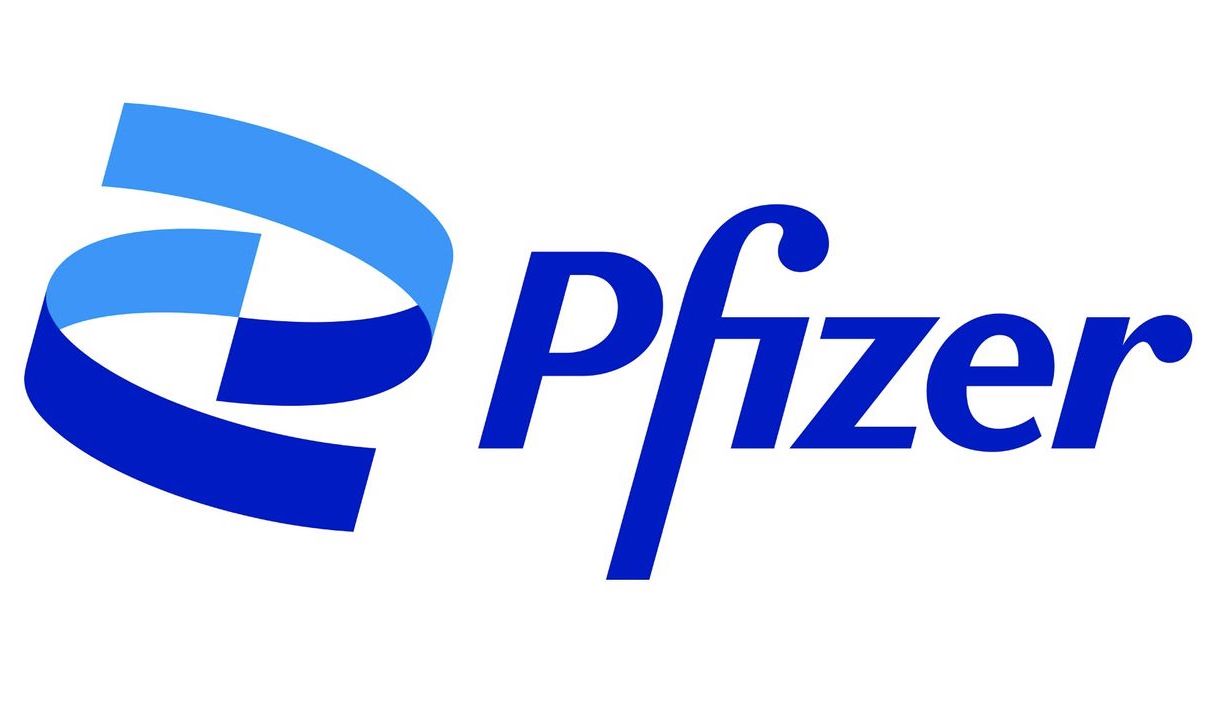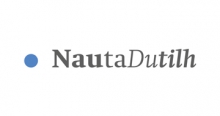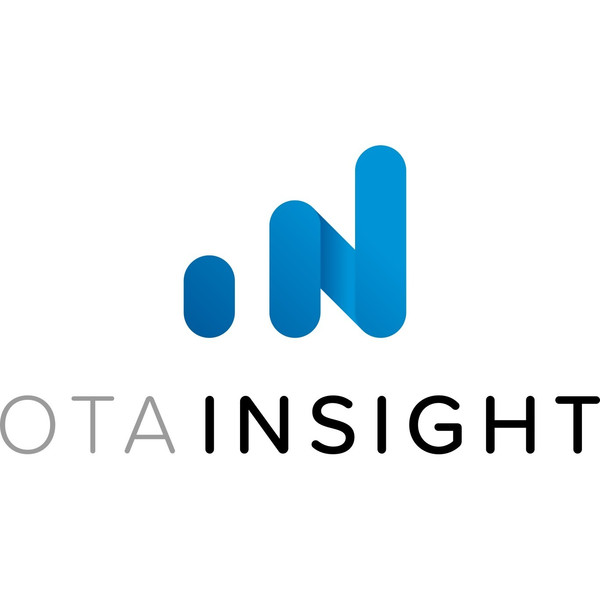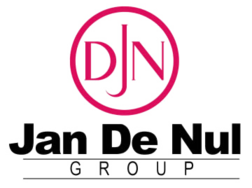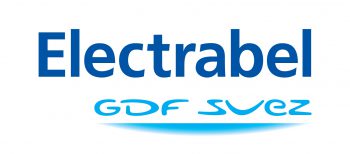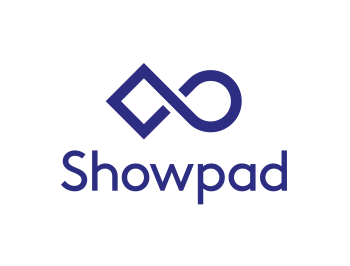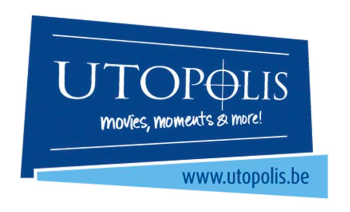According to recent research, 80 percent of communication professionals think AI will be a gamechanger for the marketing and PR industry. The question is how – and how quickly. We dove into the fascinating world of AI to find out: which (generative) AI tools exist today? What are the use cases that are relevant for marketing and PR professionals? What works well, and what is less successful? What will tomorrow bring?
Because AI is not going anywhere anytime soon, we also created a community on Guild with some of the most curious and adventurous marketing and communication professionals. They are experimenting, testing hypotheses and reporting live about their experiences with tools like ChatGPT, Midjourney, DALL-E and others.
Let’s dive right in, ranking from the most stable and useful tools to the more experimental.
1. AI for translation of marketing and PR content
It feels almost mundane to list AI translation tools, but let’s not forget that they are relatively new.
What is it? probably the most established AI tool in the marketing and PR industry today. Deepl translation results are seriously impressive. Deepl has long “crossed the chasm” and is a mainstream tool today.
How well does it work? In a word: great. Deepl is no longer a gimmick, it’s a robust business tool that offers dedicated apps (for Mac) as well as uploads of documents and PDFs. It even allows users to define how specific words or expressions need to be translated, much like professional computer assisted translation software.
2. AI for text editing and proofreading
What is it? Grammarly started out as a more powerful spell checker – it also checks grammar, tone of voice, readability and even how engaging your copy is. It also calculates how easily readable your copy is.
How well does it work? Pretty well. Here’s what Stephen Waddington says about his experiences:
I’m running Grammarly over all copy. It can be over zealous and it doesn’t spot missing Oxford commas but it does clean up grammar and missing words.
Stephen Waddington
At FINN, for content projects we agree with the client on certain Grammarly KPIs for copywriting. By agreeing with a client on the “overall Grammarly score” and a “readability score”, we can maintain consistency and quality throughout big content projects.
3. AI for summarising and editing
- Wordtune
- ChatGPT
While generative AI gets all the attention, it does have downsides. One thing many users notice is its tendency to “hallucinate”, meaning that it makes up facts and contradicts itself when challenged.
I think the summarising and editing tools are as interesting as the generative tools – and they don’t hallucinate. Wordtune app is my favourite but this a burgeoning area of development. Watch for security issues.
Stephen Waddington
As Stephen correctly says, be careful sharing confidential information with AI tools, as you don’t know where your information might end up.
4. AI for interview transcription and meeting notes
What is it? With these tools, you can transcribe interviews and meeting notes automatically.
Is that a big deal? Yes.
While coffee gets all the credit, meeting notes are the true fuel for every agency and in-house communication department. This is where new ideas are captured, tasks are assigned, decisions are recorded. Without meeting notes, no valuable work can get done.
Chances are that you’re already using Deepl and Grammarly, but that you haven’t adopted transcription tools yet.
How well does it work? In English, surprisingly well. In other languages, less so, although most claim that they’re fluent in non-English languages.
Fireflies is an interesting take on transcription software as it specifically positions itself to be a “meeting assistant”.
We’ve used it at FINN for our team meetings and it offers a surprisingly coherent summary of a discussion between 10+ people.
According to Andrew Bruce:
Fireflies.ai is the AI meeting assistent I’ve found most useful and accurate
Andrew Bruce, @andismith
The combination of tools like transcription software + a tool like ChatGPT to extract meaning from the transcription can be a powerful combo, as Stephen Waddington explains here:
I asked ChatGPT to summarise 15 stakeholder conversations, recorded and transcribed using Otter.ai.It isn’t publishable or client ready but it’s a good first draft. GPT4 works much better than GPT3.5. Again, watch for security issues
Stephen Waddington, @wadds
5. AI for sentiment analysis and (social) media monitoring
What is it? It’s a tool to tap directly into the ChatGPT technology inside Google Sheets (and other Google applications)
Andrew Bruce and Paul Stollery successfully demonstrated that you can now build a monitoring and sentiment analysis tool right in Google sheets using this off-the-shelf plugin for Google Docs and Google Sheets:
If I had to single out one AI tool that I’ve found incredibly useful this year, it’s the GPT extension for Google Sheets and Docs.Examples include: analysing media coverage links at scale.
Analyse content for messaging, brand mentions, sentiment, etc. Yes, it isn’t 100pc accurate – but for the speed and cost, I’d say it is good enough for many purposes.
Because you are accessing the GPT via the API, the cost is minimal eg 7500 tokens for $0.02 (for clarity, that’s using GPT 3.5 Turbo. I haven’t got access to GPT4 yet, but that’s more expensive I gather.)
The Google Docs extension is great because again it brings access to GPT directly into a document – and you can configure GPT in situ (eg – its a bit like having OpenAI Playground directly accesible within the document. You can also save prompts – so if you come up with a prompt you like, you have access it to it in future docs. Given there are now over 2 million installations of the extension, I don’t think I’m alone in finding it useful 😀
Andrew Bruce
Paul Stollery at Hard Numbers actually shows how to build a very basic sentiment analysis tool in Google:
As Michelle Goodall, CMO of Guild remarks:
I fear that this is not a great time to be in the media analysis, social media analysis tech/tool business.
GPT-based models are already better at media coverage sentiment analysis than current automated off the shelf solutions. – Maya Koleva (@notallyellow), head of research and insight at Commetric in @therealprmoment podcast
Michelle Goodall, CMO Guild
But: it’s not clear that the tool can actually access the content behind the link, or that it correctly measures the sentiment. Proceed with caution and always verify your AI-generated results.
6. “Generative AI” for campaign images and mood boards, video
- Midjourney: generative AI for images
- Dall-E: generative AI for images
- Pictory.ai : text-to-video AI
- Synthesia.ai: text-to-video
What is it? So-called “generative” AI tools generate new content from “prompts”. In this case, you feed it text and it creates visuals or even video. Text-to-video is a new category in AI that promises to transform text input into engaging (marketing) video.
How well does it work?
There’s an entire online community around how to craft “prompts” to get the best results out of Midjourney and DALL-E (from Open.ai, the makers of ChatGPT).
We’ve used it to generate images of a pony (long story) in different visual styles for a client. It did help us define the right style for the client – but it served more as a mood board than a finished product.
Heinz successfully used the somewhat primitive results of DALL-E to show how archetypical its ketchup bottle is. Note that the strength here is the creativity of the people coming up with the insight that Heinz is by far the most recognizable ketchup brand – not the quality of DALL-E work.
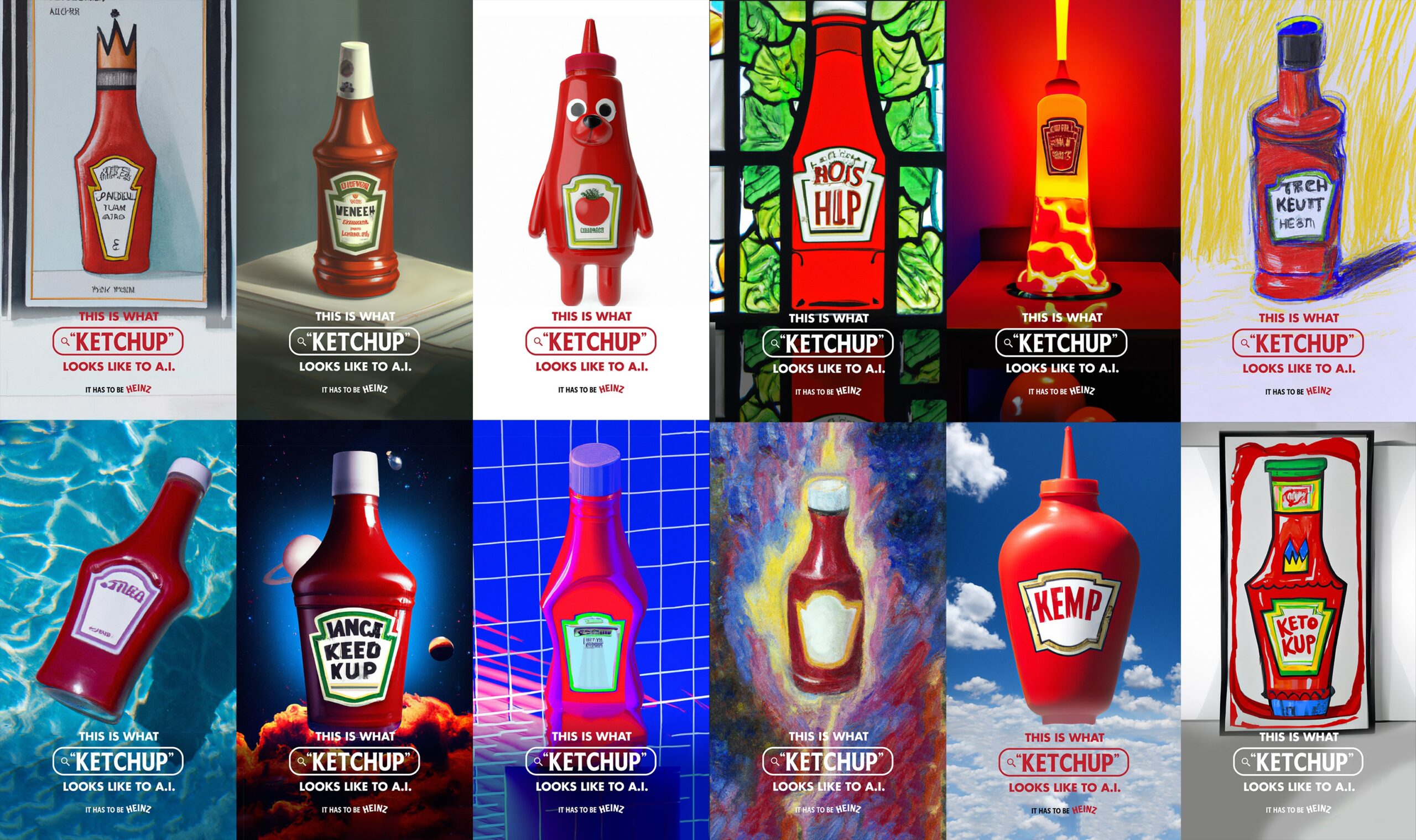
Here’s the video:
Results with Pictory were less convincing. We fed it a FINN blog on crisis communication but the end result looked more like a series of Powerpoint slides with animated clip art and stock videography than a coherent video.
Coca-Cola recently made waves with this “AI” ad:
But: it’s not clear that this ad will actually run on television. It seems to be created for PR purposes: to show how quick the brand is to apply innovative marketing techniques. Also, it’s not technically an AI ad:
The VFX team at Electric Theatre Collective and creative agency Blitzworks used a mix of live action shots, digital effects and AI to create the commercial and its complex transitions. So, have we finally found a good use of AI?
Ian Dean, CreativeBloq
7. AI for text generation
- ChatGPT
- Jasper
What is it? Use the power of generative AI to produce text. AI-generated SEO-friendly writing has been around for a while, and with ChatGPT and other AI models, it’s gotten a lot better.
The promise of tools like ChatGPT and Jasper is that they will generate text of any length, on any subject – and SEO friendly at that.
How well does it work? Depends on who you ask. The text output of AI is readable and often plausible.
However, it’s not always clear when the AI is making things up or “hallucinating”, so it’s not recommended for topics that you don’t know. Plausible does not equal correct.
A typical example is that ChatGPT seems to make up academic research and mix it in with existing research.
ChatGPT is brilliant for brainstorming and producing the outline for a plan and article. It will quickly extract domain expertise related to a topic, but it doesn’t capture anything after 2020
Stephen Waddington
AI can deliver good quality text for very standardized contexts, for instance:
- Standard policies and disclaimers
- Q&As for well-documented situations, for instance in HR and crisis communication
- Recruitment interviews
- Restructuring and layoffs
- Product recalls
- Company or individual milestones (M&A, funding, new CEO arrival, etc)
- Interview questions for CEOs or celebrities
- Cold e-mails
- Recipes
- …
Philippe Borremans recently published a book on using ChatGPT for crisis communications. He discusses use cases like coming up with credible crisis scenarios, media articles, questions from reporters and other crisis simulation tools.
Because AI can’t actually generate new ideas but rather resamples existing ideas, the critique is that AI generated text will deliver middle-of-the-road quality and will not stand out.
Careful with relying on AI. AI-generated copy will have a huge impact on search and SEO, as search engines will want to avoid promoting (low quality) recycled content that lacks creativity or human experience behind it. This means that search engines will probably penalize you for using AI-generated SEO copy.
Also, because ChatGPT can’t access the internet (or so it claims), it won’t capture information after 2020, making it a lot less useful.
8. AI for research and brainstorming
Not strictly the same category, but research and brainstorming are two use cases that pop up often in PR and marketing contexts.
In terms of research, ChatGPT and even Bing are limited by a number of factors, including web access in ChatGPT’s case: the AI can’t access the internet in realtime because apparently it might run amok and kill us all.
But it is quite helpful for orientation.
9. AI to replace you as a PR professional 👀
What is it? Spotted and tested by Andrew Bruce, Cognosys is an “autonomous AI” which will not only offer helpful advice, but actually do the job for you:
In simple terms, Autonomous AI is a type of AI technology designed to act independently with minimal human intervention. Autonomous AI systems are capable of making decisions on their own without relying on pre-programmed rules or instructions.
Andrew Bruce
Bruce describes an experiment where he asks the tool to find a number of tech journalists in the UK, which it does – sort of.
In front of my eyes, I watched as it began working out what it needed to do next to complete its objective.
Here was its first response: “Understood. Based on your objective, I’ll proceed with the task of scraping news websites and blogs that cover technology in the UK to identify the top 50 journalists. I will use web scraping techniques to gather data on UK technology journalists from a variety of sources.”
It also gave me a lengthy explanation of how, what and why it was proposing to do what it did. And then went off and did it.
What was also fascinating was how it added relevant tasks without being asked to do so by me. For example, it independently decided to gather engagement metrics for each journalist’s social media profiles, including likes, shares, comments, and retweets.
After about 3 mins and a number of further actions, it returned with its suggested list of top 5 UK technology journalists
How well does it work? We also tried it and asked it to come up with a list of “clean cosmetics” influencers in Denmark.
It is quite impressive how the tool “talks” to itself to decide how to proceed (see screenshot). For instance, it decides to find out what “clean cosmetics” means and which hashtags could be related to that topic. That’s very impressive.
But there’s still important limitations in what it can and can’t deliver. In the end, it delivered a list of influencers that weren’t based in Denmark, or it returned follower counts that were off by 10x.
In discussing with Cognosys’ founder on Twitter, he explained that the tool uses ChatGPT3 and therefore it does not have information more recent than 2021.
In all, very impressive, but very early days.
Tips to use AI in PR and marketing today
1. Use the first mover advantage
Very often when new technologies arrive, first movers will reap a lot of the buzz around the new technology.
Heinz understood this well. Instead of waiting until the tool was good enough to produce a “real” campaign, their creative team tried to understand how they could use a limited tool to bring across a key message: that Heinz is the archetypical ketchup.
2. Embrace disruption
Clayton Christensen described disruptive innovation as innovation that starts as a low quality, low cost alternative to more polished and higher-value offerings.
Don’t expect AI to deliver this high-quality product, but look for use cases where low quality, high volume is “good enough”. Use AI for its brute force. Keep us in the loop on your experiments!
3. Understand the risks
As long as you’re aware of limitations and risks that AI entails – in terms of biases, intellectual property pitfalls, and long-term SEO risk in copywriting for instance – you’ll be fine. Using AI as a shortcut to mindlessly increase production – to churn out more mediocre (visual, video or copywriting) content is a risky strategy.
Tell us how you’re using AI in your job today – let us know @finnbe on Twitter.










